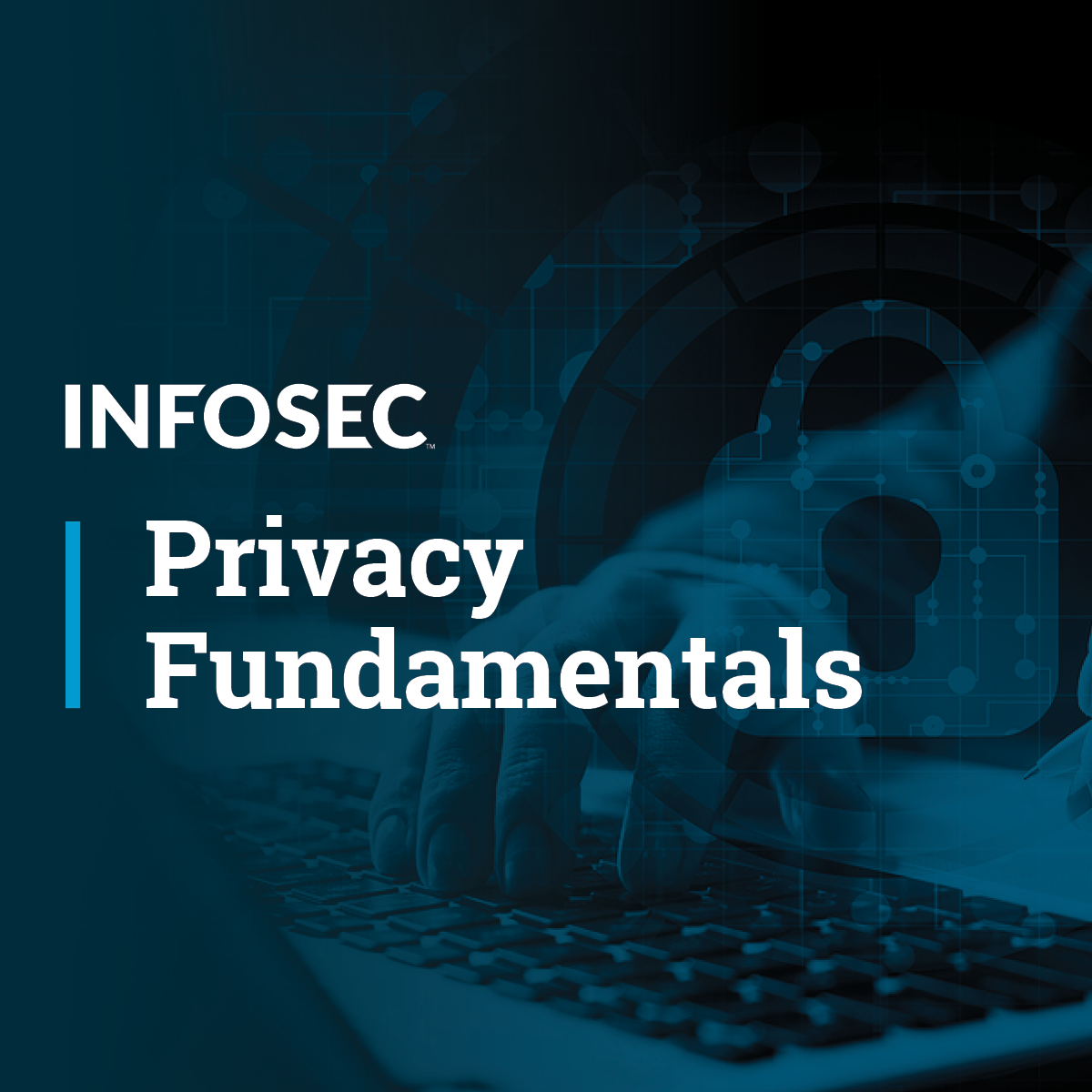Back to Courses









Security Courses - Page 14
Showing results 131-140 of 173

Managing Policies and Security with Istio
This is a self-paced lab that takes place in the Google Cloud console. In this lab you will learn about service mesh authentication, and authorization using Istio, and enable service-to-service authentication using the Hipster Shop microservices application.

Windows Server Management and Security
Microsoft Windows has been at the forefront of enterprise computing for several decades. What most office workers see is the desktop side – such as Windows 7, 8 or 10. This course explores what it takes to design and build the server side of Windows in an enterprise environment. This course will explore everything from Windows Server installation to configuring users, to hardening the server operating system itself.
This course is the second course in the System Management and Security Specialization focusing on enterprise system management. The first week of this course provides an overview of how Windows operates in an enterprise environment and what it may look like in the real world. Week 2 of the course will show you how Windows users interact with the system. At the end of Week 2, you will be able to demonstrate how Windows authentication works at the end of Week 2. Week 3 will explore authorization in a Windows environment. At the end of Week 3, you will be able to differentiate between different authorization mechanisms and use different technologies to secure data within the environment. Week 4 explores built in security features of Windows and demonstrates how to use each technology effectively and in what circumstances you would use what technology for what purpose. At the end of week 4, you will be able to determine which technology is the best technology to use to secure certain portions of the Windows operating system.

Understanding, Using, and Securing Crypto and Digital Assets
This specialization offers the latest developments in blockchain technology through a highly engaging learning experience with animated video components and intuitive course flow to maximize your knowledge retention.

Introduction to Privacy - Part 3
Part 3 of the Privacy Fundamentals explores information security and data protection and how to manage a security breach. We will also take a look at continual improvement which includes understanding performance, exploring metrics, different audit methodologies and more.

Check Point Jump Start: Product Deployment
In this course, you will learn the concept of software deployment and the methods and tools used for deployment of Check Point products. And, we will drill down into each deployment tool, providing an overview of how to use it given a common use case.
Lesson 1 – Introduction
Lesson 2 – Deployment 101
In this lesson we will briefly discuss what deployment is, the types and methods of deploying Check Point
software, and we’ll go over a high level overview of the Check Point deployment tools.
Lesson 3 – CPUSE
In this lesson you will learn about when and how you should use CPUSE in a relevant deployment, and you’ll
learn some basic troubleshooting during the deployment process.
Lesson 4 – CDT
In this lesson you will learn about when and how you should use CDT in a relevant deployment,
troubleshooting in the deployment process, and using CDT’s RMA mode.
Lesson 5 – Central Deployment in SmartConsole
In this lesson you will learn about when and how you should use Central Deployment in SmartConsole in a
relevant deployment.
Lesson 6 – Zero Touch
In this lesson you will learn about when and how you should use Zero Touch in a relevant deployment.
Lesson 7 – Course summary

Incident Response, BC, and DR Concepts
Welcome to course 2 of 5 of this Specialization, Incident Response, BC, and DR Concepts.
This course focuses on the availability part of the CIA triad and the importance of maintaining availability of both human and system resources. These are usually accomplished through the implementation of Incident Response (IR), Business Continuity (BC) and Disaster Recovery (DR) plans. While these three plans may seem to overlap in scope, they are three distinct plans that are vital to the survival of any organization.
After completing this course, the participant will be able to:
Explain how organizations respond to, recover from and continue to operate during unplanned disruptions.
- Recall the terms and components of incident response.
- Summarize the components of a business continuity plan.
- Identify the components of disaster recovery.
- Practice the terminology of and review incident response, business continuity and disaster recovery concepts.
Agenda
Course Introduction
Module 1: Incident Response (IR)
Module 2: Business Continuity (BC)
Module 3: Disaster Recovery (DR)
Module 4: Incident Response, Business Continuity, and Disaster Recovery Review
This training is for IT professionals, career changers, college students, recent college graduates, advanced high school students and recent high school graduates looking to start their path toward cybersecurity leadership by taking the Certified in Cybersecurity entry-level exam.
There are no prerequisites to take the training or the exam. It is recommended that candidates have basic Information Technology (IT) knowledge. No work experience in cybersecurity or formal education diploma/degree is required.

JavaScript Security Part 2
This course covers Expressions, Prototype Pollution and Ecosystem Modules (npm) and Supply Chain.

Managing Network Security
Almost every organization uses computer networks to share their information and to support their business operations. When we allow network access to data it is exposed to threats from inside and outside of the organization. This course examines the threats associated with using internal and external networks and how to manage the protection of information when it’s accessible via networks.
In this course, a learner will be able to:
● Describe the threats to data from information communication technology (ICT)
● Identify the issues and practices associated with managing network security
● Identify the practices, tools, and methodologies associated with assessing network security
● Describe the components of an effective network security program

The Foundations of Cybersecurity
In order to manage the cybersecurity function business, you must first understand its language and its environment. This course covers the foundations of cybersecurity, including threats and vulnerabilities as well as the tools, technologies, and strategies used to manage it.
After completing this course, a learner will be able to:
● Define key concepts and terminology in Cybersecurity
● Identify threats to cybersecurity
● Identify strategies to identify and remediate vulnerabilities in information assets
● Identify the systemic components (including personnel) necessary for an effective cybersecurity program

Malware Analysis and Introduction to Assembly Language
Malicious software, or malware, is typically delivered over a network and is designed to cause disruption to a computer, client, server, or network. Disruptions can include leaked private information, unauthorized access to information or systems, blocked user access, interference with security and privacy, or numerous other variations of attacking systems.
Malware analysis dissects malware to gather information about the malware functionality, how the system was compromised so that you can defend against future attacks.
Assembly is a low-level language that is used to communicate with the machine. Assembly programming is writing human-readable machine codes or machine instructions that are directly read by the computer. All high-level languages compiled programs like C or C++ can be broken down, analyzed, and understood using Assembly language with the help of a debugger. This process is known as reverse engineering. Understanding what an executable program does is easy if you have direct access to the source code. But if not, such as the case with malware, learning Assembly can be helpful.
In this course, through video demonstrations, hands-on reverse engineering, and capture-the-flag type activities, you will be introduced to the processes and methods for conducting malware analysis of different file types. You will analyze native executable files, and analyze popular files like PowerShell, JavaScripts, and Microsoft Office documents.
Then you will learn the fundamentals of Assembly language, basic Win32 Assembly programming concepts, and how Reverse Engineers use Assembly to analyze malware.
Popular Internships and Jobs by Categories
Browse
© 2024 BoostGrad | All rights reserved


